Between the late 1870s and the early 1930s, the Thames waterfront between Hammersmith Bridge and Hammersmith Terrace was occupied and energetically traversed by two generations of the English Arts and Crafts Movement. It all began in 1878, when William Morris moved into George MacDonald’s old house on Upper Mall and renamed it ‘Kelmscott House’, after his up-river home in the Cotswolds, Kelmscott Manor. Morris’s arrival attracted kindred spirits, but he also found allies among existing residents. Travelling home one night from a socialist meeting he fell in with an amiable and like-minded neighbour. The son of a coach builder, Emery Walker had forged a successful career in printing, acquiring the reputation of a technical guru. From this initial encounter blossomed a friendship, and then a collaboration, as Walker assisted Morris in founding the Kelmscott Press (1891). In 1916, the same stretch of river witnessed the end of a less happy, but no less distinguished, collaboration. Under cover of darkness and in the course of around 170 journeys on foot, Walker’s estranged partner in the Doves Press, Thomas Cobden-Sanderson, jettisoned the weight of Walker’s claims on the business and, more literally, the lead type they had jointly developed, by dumping it in the river from the height of Hammersmith Bridge.
Hammersmith has not lacked a focal point for the telling of such stories. The William Morris Society occupies the basement of Kelmscott House, and curates displays devoted to the area’s history. But the upper rooms, in which Morris’s family lived, have long been privately occupied, leaving the domestic conditions of London’s Arts and Crafts life more or less inaccessible. The situation changed in 2005, when the Emery Walker Trust began running guided tours of 7 Hammersmith Terrace, a sizeable terraced house lived in by Walker after he moved up the street from smaller quarters in 1903. Visitors could walk through a complete home, kept largely as its most famous resident had left it. After the award of a grant from the Heritage Lottery Fund the house closed in 2015, and its contents were removed while conservation and essential repairs took place. Now fully proofed against the weather, and at last properly heated, it has reopened to tours of the main rooms and riverside garden.
The sense of a stopped clock prevails at Emery Walker’s House. In this it recalls Carlyle’s House in Chelsea, an institution whose purchase by public subscription in 1895 initiated the modern fashion for indoor literary shrines. But the circumstances of preservation could not be more different. On Walker’s death in 1933, the house was inherited by his daughter, Dorothy. She lived there for the rest of her life, and bequeathed it in turn to Elizabeth de Haas, a Dutch woman who arrived in 1948 as a helper and companion. De Haas stayed until her death in 1999, at which point the newly founded Emery Walker Trust assumed care of the property. Living as informal custodians rather than curators, the two women thrived in this environment because their memories were also the memories of the house, while their aspirations and values were reiterated, rather than inhibited, by the furnishings and fashionings that filled their home.
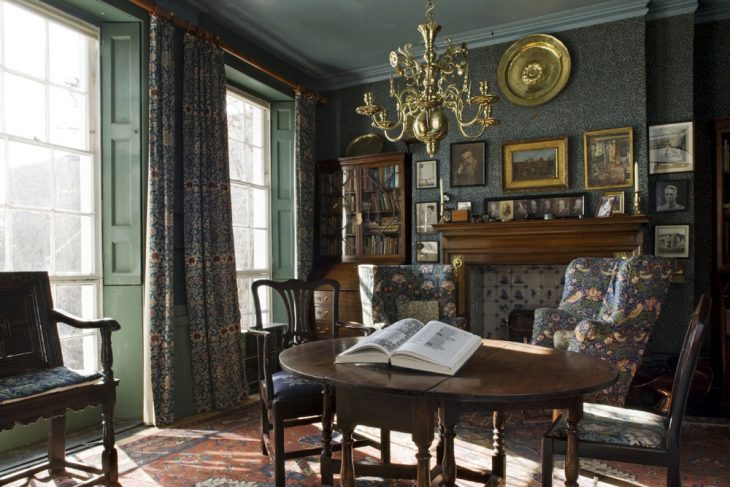
Dining room of Emery Walker’s House in 2017. Courtesy The Emery Walker Trust
If 7 Hammersmith Terrace is a time warp, it is an unusually expansive one, having been occupied by three generations over a period of almost a hundred years. This sedimentary history has left its trace, as is clear from the first room into which visitors are ushered, a small kitchen (previously the telephone room) festooned with tea towels of a peasant art pattern. A sense of kitsch builds as one realises that the ‘Delft’ tiles on the walls are actually Fablon self-adhesive squares, applied by De Haas in honour of her Dutch childhood. Passing through a hallway into the dining room, the interior opens out into an atmospheric space infused by reflected river light. A collection of dishes testifies to Dorothy’s journeys through the southern Europe and the Near East, while a shelf of books on T.E. Lawrence extends the theme of literary-colonial travel. The same shelf is surveyed from across the room by the image of a bust depicting Lawrence, a modern hero with roots in Pre-Raphaelite Oxford. The most affecting instance of these interpenetrating art movements is the ancient vine that passes through the wall of the adjoining conservatory, grown from a parent plant in William Hogarth’s garden. Once inside, a play of leaf and shadow complements the vinicultural plaster reliefs by Norman Jewson on the opposite wall.
The variety of object and allusion is striking, but in no sense at odds with the version of Arts and Crafts culture represented here: unlike the purpose-built houses commissioned by wealthy patrons of the movement – Blackwell in the Lake District, for instance, or the Gamble House in Southern California – Walker’s ‘house beautiful’ avoids the eerie coherence of an interior in which every detail has been designed by a single intelligence. Instead, 7 Hammersmith Terrace typifies the way that Arts and Crafts figures actually lived. As Pevsner observed, Hammersmith Terrace is ‘architecturally plain’ and ‘entirely urban’ – not far off what Morris called ‘the utilitarian brick box with a slate lid’. But the effect of re-purposing this mid 18th-century structure, as at Kelmscott House, was to imply a capaciousness and hospitality. Tyrannical conceptions of taste – notably, those associated with Victorian Aestheticism – were avoided as new objects sat among heirlooms, and things beautiful blended with those merely useful.
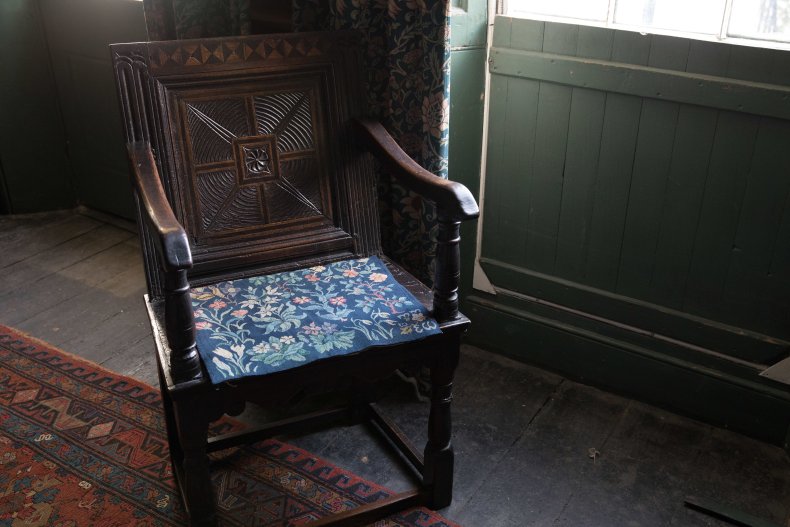
17th-century chair given to Emery Walker by Jane Morris. Photo: Anna Kunst
Much else in the house evokes the particular milieu of Arts and Crafts London. The objects on display share aesthetic values, but express less an individual vision than the gift economy of an entire artistic community. The 17th-century library chair in the dining room came from Jane Morris, embellished with a dedication to Walker in thanks for nursing her husband in his last illness (their daughter, May, presented an embroidered cushion and a bedspread). Several other pieces reflect friendship with the craftsmen who settled near Daneway, Walker’s summer retreat in the Cotswolds: Ernest Gimson made the fritillary sconce in the dining room (and another converted to electric light), and Ernest Barnsley presented the walnut secretaire in the drawing room. If these objects operate as bearers of memory, others set up relations between themselves. Visitors are shown a photograph of Walker in Toledo, brandishing a recently purchased jug: the same jug is discovered above a bookcase in the dining room.
A number of objects have been inherited. One of the treasures on display – an exquisite pencil drawing of May Morris by Edward Burne-Jones – is from next door, where May lived. Several other items come from the household of Morris’s old friend, the architect Philip Webb. Webb left Walker a number of cabinets, and even a linen press. When Walker relinquished the lease on Daneway, items of rustic stone furniture made their way into his Thameside garden, further enriching the hoard of objects. The sense builds of 7 Hammersmith Terrace as a main current into which flowed the treasures of earlier Arts and Crafts households. Items of glass from Morris’s Red House cast us back to the middle years of the 19th century; the future beckons, meanwhile, through the pared down typography of the Doves Press, and the emergent modernism of Edward Johnston, the designer of the original London Underground typeface who lived at No. 3, and whose disciple Eric Gill rented a letter-cutting workshop in the stable of No. 7.
These affiliations nevertheless give way to the house’s principal and prevailing decorative concern with Morris. A collaborator and friend with whom Walker did not fall out, Morris owed to him not just technical advice and expertise, but also an innovative method of studying early Venetian type through photographic enlargement. The house’s collection of original Morris & Co. work does not disappoint. In the dining room hangs an unusual version of Willow wallpaper, its familiar leaf pattern set against a background of bubbles absent from the standard version. The prize exhibit is in the bedroom: a blue Morris & Co. carpet bought by Dorothy from the country auction that cleared Kelmscott Manor. It is easy to forget that Walker didn’t move in to No. 7 until seven years after Morris’s death, and that he didn’t put up any Morris & Co. wallpaper until he bought the house in the 1920s. There is, in other words, an element of retrospect about this homage, a belated quality that complicates the initial impression of a window on the 1890s. It follows that this is the house not of Morris, but of a Morrisian – one, indeed, who embraced the patterned interiors that Morris privately thought inferior to plain lime wash.
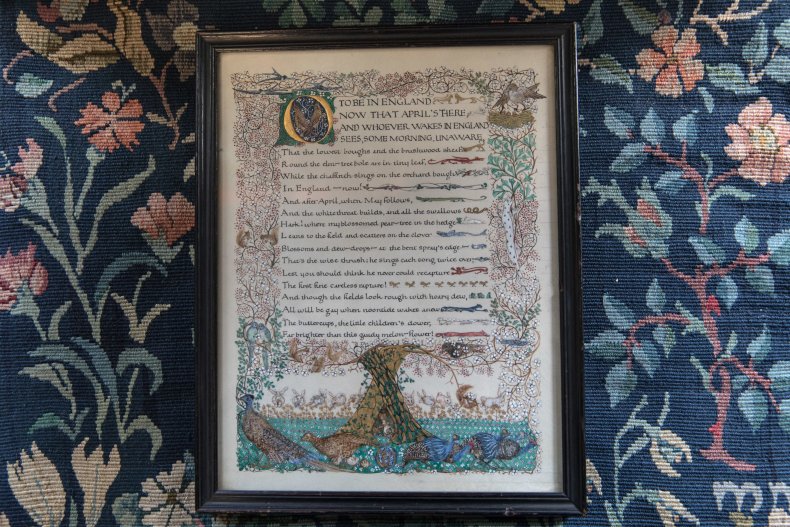
Illuminated manuscript of the first page of Robert Browning’s ‘Home Thoughts from Abroad’. Photo: Anna Kunst
The curatorial temptation in house museums is often to gather all things associated with the famous resident, including objects pre- or post-dating their years in residence. A more precise historicity, located in the possessions of a particular time, can in that way be lost. The situation here is different: not because there is no reproduction work, but because the reproduction wallpaper on the stairs, or the 1950s Morris-pattern curtains in the dining room, have a way of collaborating with the originals,and as such are part of what is being preserved. The curators wisely present the house ‘as is’, respecting its multi-layered life, rather than prioritising the time of Walker over that of his daughter or indeed De Haas. Elsewhere, this approach might preclude more interesting restorative possibilities; in a multi-generational household, however, it works well. Only occasionally do the curators transgress the permissive bounds of this position. The faded, but extremely rare, Morris & Co. lino in the hallway is a fascinating survival, and its digital reproduction is a valuable exercise; but the decision to lay it as a new surface in the kitchen confuses the proposition that it is De Haas’s room. Other such experiments are wisely confined to an exhibition room, or clearly contextualised: in the bedroom, for instance, a patch of original wallpaper otherwise cleaned by conservators has been left showing the surface dirt of a century.
The act of preserving a house always requires change. The Hogarth vine has been pruned back to manageable proportions, the overlaid rugs that kept in precious heat have been sensibly rationalised, and the ceilings now have smoke detectors. But, for all the decanting and patching, this remains a place whose charm dwells in the sense that the Walkers have just stepped out. The guides do a good job of cultivating this impression, and one feels a sense of wonder at what has lain here in drawers: a lock of Morris’s hair, a pair of his spectacles, a cache of insect bodies useful for making red dye. Only, these too were already in a manner curated, by Dorothy’s labels and De Haas’s foresight. Through their discreet handling of these matters, the curators avoid naïve preservationalism without diminishing the house’s more uncalculated charm.
All museum collections imply a parallel history of stewardship, but Emery Walker House tells a particularly unusual and interesting story of personal and public care. That Walker’s homage to Morris’s memory – a man not of his class or his blood – was taken up by his daughter, and then handed over to an outsider, in De Haas, is significant: between them, they developed a private model of custodianship that went beyond the bounds of the family and yet sustained the idea of a household. Even the creation of the Emery Walker Trust evokes the best traditions of Arts and Crafts life: it was in the late 19th century that followers of John Ruskin founded the National Trust, and so expanded the very idea of trusteeship. The model of the trust practised here is similarly generous – spatially, as well as humanly and generationally. Under the title of ‘Arts and Crafts Hammersmith’, the Emery Walker Trust and the William Morris Society are coordinating local openings and events that promise to revive awareness of the area’s buried artistic history. An impressive set of interactive panoramas on the project website are extending that work to new audiences.
These resources confirm an impression that forms more naturally in the environs of the museum. From the garden’s river edge, one can look back at the world of the house, and imagine the interlinked life of the terrace as a whole. Even the terracotta tiles under foot are part of that history: installed by Cobden-Sanderson during an earlier tenancy, they were stepped over by guests at Walker’s famous Boat Race parties. The spell cast by a visit survives even as you cross the threshold and take the riverside route back to Hammersmith Bridge. After you see and admire the given and inherited objects of a whole artistic community – whether derived from a few doors down, from Morris’s house on the Upper Mall, or all the way up-river in the Cotswolds – the streetscape shifts. Instead of a moneyed testament to several decades of house-price inflation, a living museum of London’s Victorian cultural life comes into view, or an Arts and Crafts utopia, stretched out along the Thames in serendipitous adjacency.
Emery Walker’s House is at 7 Hammersmith Terrace, London.
Unlimited access from just $16 every 3 months
Subscribe to get unlimited and exclusive access to the top art stories, interviews and exhibition reviews.

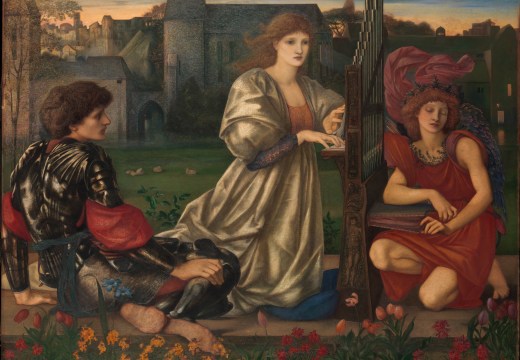
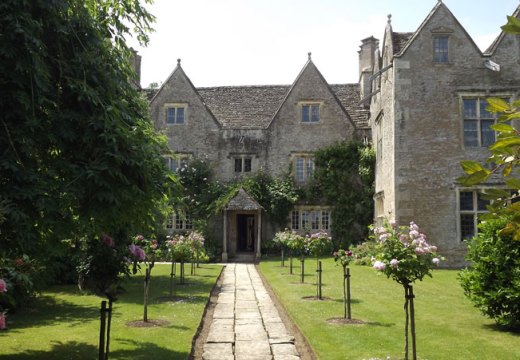
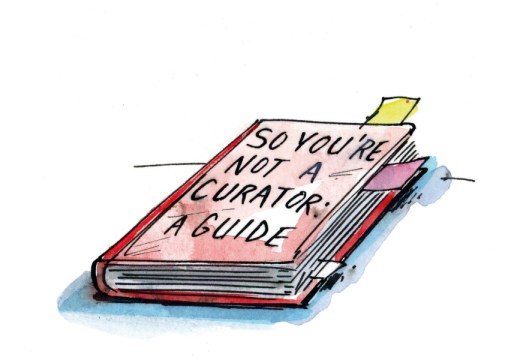









![Masterpiece [Re]discovery 2022. Photo: Ben Fisher Photography, courtesy of Masterpiece London](http://www.apollo-magazine.com/wp-content/uploads/2022/07/MPL2022_4263.jpg)
Has the Fitzwilliam lost the hang of things?